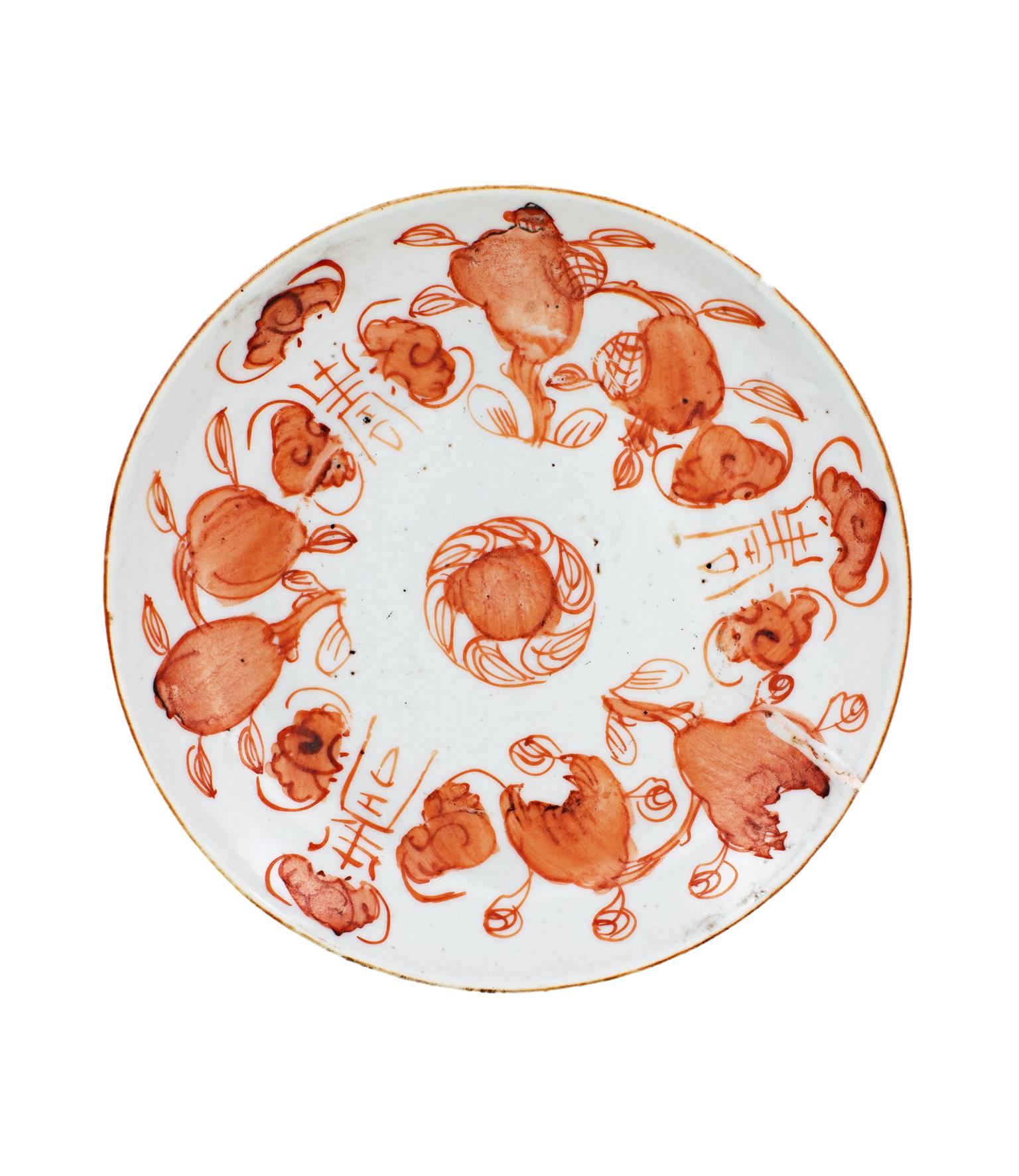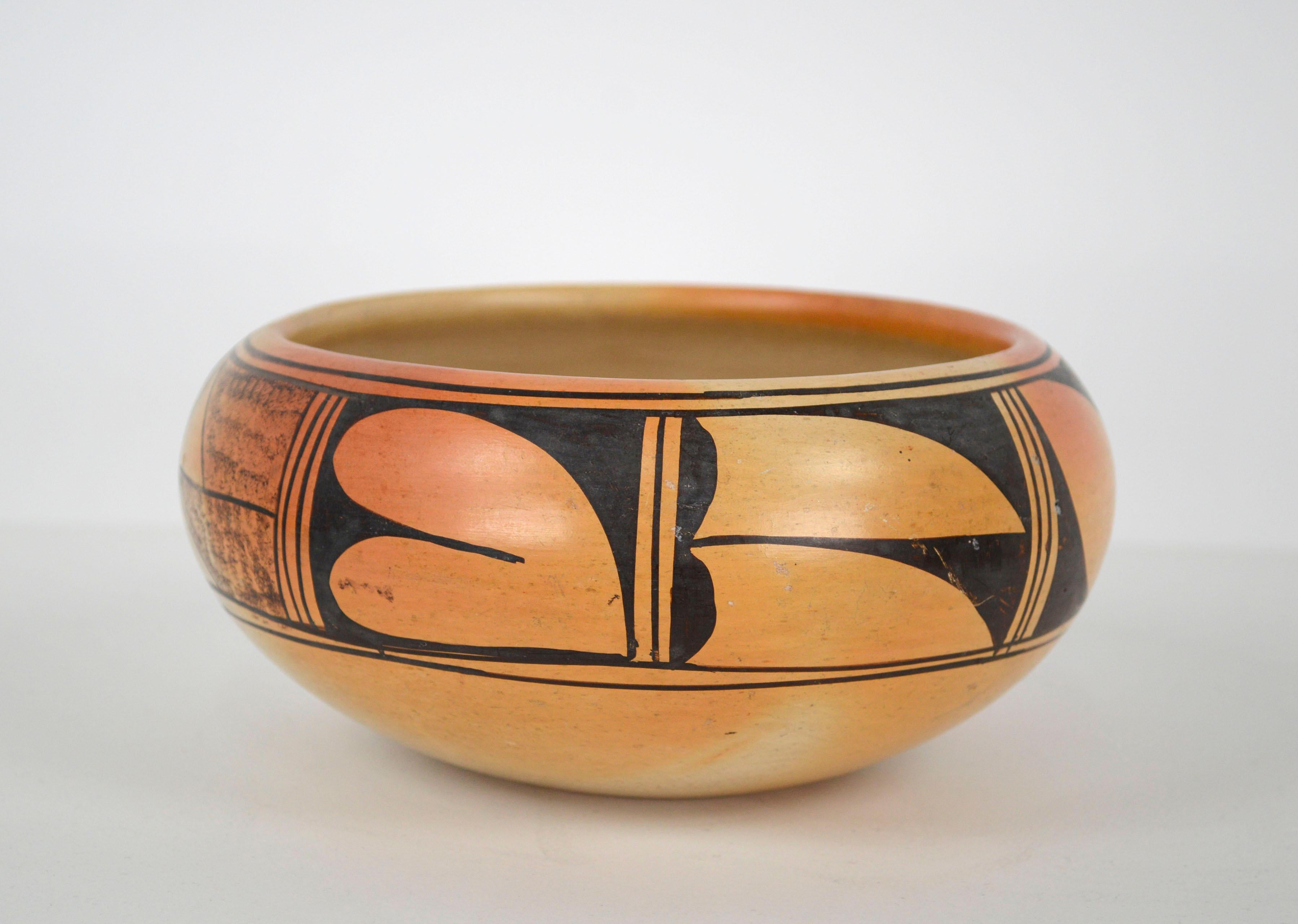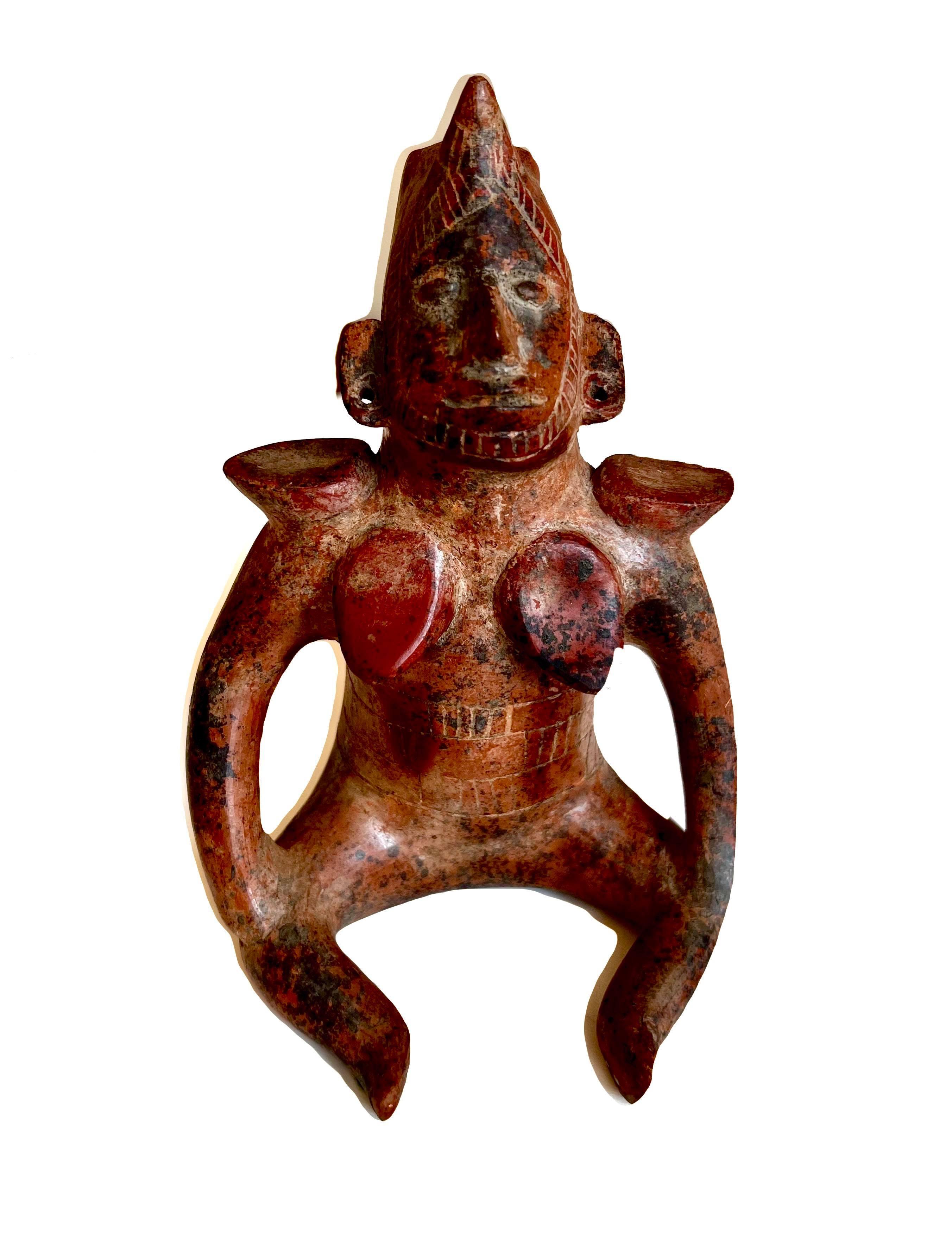Items Similar to Rare European 19C Judaica Havdalah Hebrew Plate
Want more images or videos?
Request additional images or videos from the seller
1 of 8
UnknownRare European 19C Judaica Havdalah Hebrew Plate
About the Item
Here is a rare late 19th Century-early 20th Century painted and stenciled Jewish plate with a Yiddish greeting. A rare piece of Jewish Porcelain from the Pre War era. In a bold black and red color combination.
- Dimensions:Height: 1.5 in (3.81 cm)Diameter: 30 in (76.2 cm)
- Medium:
- Movement & Style:
- Period:
- Condition:minor scratches commensurate with use and wear.
- Gallery Location:Surfside, FL
- Reference Number:1stDibs: LU38210989032
About the Seller
4.9
Platinum Seller
These expertly vetted sellers are 1stDibs' most experienced sellers and are rated highest by our customers.
Established in 1995
1stDibs seller since 2014
1,547 sales on 1stDibs
Typical response time: 1 hour
- ShippingRetrieving quote...Ships From: Surfside, FL
- Return PolicyA return for this item may be initiated within 3 days of delivery.
More From This SellerView All
- Judaica Painting w Sculpture Terra Cotta Jewish Couple Israeli Artist KanovichLocated in Surfside, FLOriginal Painting: Terracotta Relief With Acrylic Painting on Wood Panel Hand signed These works are paintings with a 3D carved sculpture dimension to them, fusing sculpture with painting Mixed media on board depicting a romantic couple, a woman seated on a man's lap. Mark Kanovich...Category
21st Century and Contemporary Folk Art Figurative Paintings
MaterialsTerracotta, Acrylic, Wood Panel
- Wool Felt Applique Israeli Folk Art Signed Tapestry Kopel Gurwin Bezalel SchoolBy Kopel GurwinLocated in Surfside, FLThis depicts a Crab, In Hebrew Mazel Sartan (the Zodiac symbol Cancer, June-July) all made by hand. woven and stitched. Kopel Gurwin (Hebrew: קופל גורבין) (1923–1990) was an Israeli tapestry wall hanging, painter and graphic artist. Kopel (Kopke') Gurwin (Gurwitz) was born and raised in Vilna, the capital of Lithuania. He spoke Yiddish at home, but simultaneously studied Hebrew at their school which was part of the Tarbut educational network. Kopel was active in the Hashomer Hatzair youth movement. In the 1930s, as a teenager, Kopel helped his parents with the home finances by working in a suit workshop, there he first encountered the art of sewing. With the outbreak of the Second World War and the German invasion of Vilna, the Jews were imprisoned in camps and ghettos. Kopel and his brother Moshe were separated from their parents and were put to work in coal mines and peat. Kopel's parents were taken to the Stutthof Nazi concentration camp where they died of typhus within a month of each other. Kopel's 12-year-old sister Chava was turned over to the Germans by a Polish family and murdered. The brothers were arrested by the Germans, but were saved thanks to the connections of Nina Gerstein, Kopel's drama teacher. They hid in an attic until they were discovered, fled and moved to Riga, where they were caught and sent to the Stutthof concentration camp where they were imprisoned until the end of the war. They were put to work maintaining and cleaning trains and took part in one of the death marches. In July 1946, Kopel and Moshe sailed to Helsingborg, Sweden, as part of operation "Folke Bernadotte", in which Sweden took in ill survivors for rehabilitation. Once he recovered, Kopel worked in a publishing house and later was appointed director of the local branch of the Halutz movement. In 1950 Kopel and Moshe made aliyah to Israel. Kopel worked as a survey for the Survey of Israel Company. In 1951, he enlisted to the Communication Corps and served as a military draftsman. There he won first prize for the design of the front cover of the Communication Corps bulletin. With his discharge from the army at 29 he started studying drawing and graphics at the Bezalel Academy of Arts and Design in Jerusalem. Among his teachers were Isidor Ascheim, Shlomo Vitkin, Yossi Stern and Jacob Steinhardt. At the end of his first year of study, Kopel won the Reuben and Sarah Lif Excellence Award in written studies. During his studies he also won additional prizes: In 1956 he won first prize from the Lethem Foundation in California for poster design. Later the same year, Kopel won the Hermann Struck prize for his drawing on the theme of Jerusalem. In 1957 he won an additional first prize from the Lethem Foundation and second place from the printing company Ortzel for a drawing for a Jewish New Year greeting card. In 1958 he won first prize in a competition to design a poster for Tel Aviv's jubilee. Two years later he won three other awards: First and third prize for designing a poster for Israel Independence Day, celebrating 12 years of the State of Israel. Also that year Kopel won first prize for a poster to mark the 25th Zionist Congress. In 1964 he entered the Independence Day poster competition on the theme of aliyah and won first and second prize. Four years later he again entered the competition on the theme of 20 years of Israel's independence and won first prize. The poster was styled like a Holy Ark curtain with two lions and a menorah at its centre. This poster appeared on the cover of the famous book Jewish Art and Civilization, edited by Geoffrey Wigoder as well as the record Voices of 20 Years, 1948-1968, edited by Yossi Godard. In April 1971 he won first prize in the Independence Day poster competition for the fourth time. Kopel's Folk Art tapestry won the Israeli Independence Day Poster Contest in 1968 With the completion of his studies at Bezalel Kopel moved to Tel Aviv and was hired by Shmuel Grundman's graphics and design studio. Grundman took him to Europe with him to design and supervise the construction of Israeli exhibition pavilions. During his time at Grundman's he discovered the fibrous felt from which he produced most of his wall hangings. At the 1964 Levant Fair exhibition he used felt stuck onto wooden panels for the first time. The first felt wall hanging that Kopel produced was intended for the American Cultural Centre in Jerusalem and its theme was the United States Declaration of Independence. The wall hanging, which measured 2.85 X 1.85 meters, was stuck on a wooden panel. Kopel ordered rolls of felt from France and began work on wall hangings based on bible stories. He used a needle, hand sewing small even stitches with black embroidery thread which framed and highlighted every detail in the work, as well as using appliqué. The interior designer, Alufa Koljer-Elem, introduced him to Ruth Dayan who managed the shop Maskit in September 1967 he opened his first solo exhibition at the Maskit 6 gallery, in which 12 wall hangings were displayed. In light of the exhibition at Maskit 6, Meira Gera, the director of artistic activity at the America-Israel Cultural Foundation, organized an additional exhibition of his works at the foundation's exhibition hall in New York City. The exhibition sparked immense press interest, and was also displayed for a few months at the New York Jewish Museum, from where it travelled throughout the United States. Followed by the exhibition at the Delson-Richter gallery in Old Jaffa, which was later also exhibited at the Jerusalem Theatre. Kopel's tapestry "The Time for Singing has Arrived" was printed on a UNICEF greeting card in 1978 and again in 1981. The Israeli Philatelic Service issued three stamps based on three of Kopel's holy ark curtains and one stamp based on an Independence Day poster he designed. Kopel's creations decorate a large number of synagogues, public buildings, hotels and private collections which were purchased in Israel and around the world. They have decorated, among others, the walls of the King David...Category
20th Century Folk Art Mixed Media
MaterialsWool, Felt
- Woven Pictorial Blanket Tapestry by Brigitta BertoiaBy Brigitta Valentiner BertoiaLocated in Surfside, FLThis listing is for a "Picture Blanket" (hand crochet craft work) and also includes a small brochure and a signed offset lithograph print of a picture rug...Category
20th Century Folk Art More Art
MaterialsMixed Media
- Israeli Bird and Fish Hand Woven Itche Mambush Atelier Aubusson Style TapestryBy Sami BrissLocated in Surfside, FLThis is an Aubusson style flat weave hand woven wool tapestry. This is from the Itche Mambush workshop. it is edition 2/5 (He worked with Mordechai Ardon, Marcel Janco, Abraham Rattner and others inspired By Jean Lurcat and Jean Picard...Category
20th Century Folk Art More Art
MaterialsMixed Media
- Large Americana Folk Art Pictorial Hooked Rug Wool Wall Hanging TapestryBy Trudi ShippenbergLocated in Surfside, FL"Downtown Hartford" Hooked rug tapestry, various landmark buildings in Hartford, Connecticut, congregate within composition, including capital building, Colt building, Wadsworth Mus...Category
20th Century Folk Art Mixed Media
MaterialsFabric, Wool
- Large Americana Folk Art Pictorial Hooked Rug Wool Wall Hanging TapestryBy Trudi ShippenbergLocated in Surfside, FL"RFD Courant", hooked rug tapestry, rural community with country homes and buildings throughout rolling hills, lush green trees with three-dimensional leaves frame the scene, in the...Category
20th Century Folk Art Mixed Media
MaterialsFabric, Wool
You May Also Like
- Bizen Ceramic Ware Avant Garde VaseLocated in PARIS, FRNaoe Koide, a distinguished Bizen Ware Potter, reflected on his lifelong journey, one ignited by a profound curiosity about the concealed marvels within the world. In his childhood, ...Category
21st Century and Contemporary Folk Art More Art
MaterialsCeramic, Clay, Earthenware
- "Small Dish (Sepia Color), " Ceramic created in China circa 1860Located in Milwaukee, WIThis ceramic dish was made by an unknown Chinese artist in the 1860s. It features sepia designs on a white background. The dish has a 5 1/4" diameter.Category
1860s Folk Art More Art
MaterialsCeramic
- 1930s Hopi/Tewa Black on Yellow Polychrome Pottery Bowl - SignedBy Laura Chapella TomosieLocated in Soquel, CATraditional Hopi/Tewa handmade Native American pottery bowl, with black motifs on yellow polychrome, by Laura Chapella Tomosie (Hopi, 1907-1977), c. 1930's. Signed "Laura Tomosie" on...Category
1930s Folk Art More Art
MaterialsClay, Earthenware
- Clay Sculpture in Pre-Colombian Style ReproductionLocated in Troy, NYThis work is made out of ceramic terracotta and is in a Pre-Columbian style. It is a reproduction of sculptures typically found in the Colima culture in western Mexico. These origina...Category
1960s Folk Art Figurative Sculptures
MaterialsCeramic, Terracotta
- 10'' Tambor San Bartolo Alebrije Sculpture Mexican Folk ArtBy Pedro Joaquin Beltran AbanLocated in Jesus del Monte, MXFREE SHIPPING TO WORLDWIDE! Artisan: Pedro Joaquin Beltran Aban CAEY 3rd. State Place Category Toys and Musical Instruments CASA DE LAS ARTESANIAS DEL ESTADO DE YUCATAN III Region...Category
2010s Folk Art More Art
MaterialsCeramic, Clay
- Vasija Fusion / Ceramics Mexican Folk Art Mata OrtizBy Hector Gallegos & Laura BugariniLocated in Jesus del Monte, MXFREE SHIPPING TO WORLDWIDE Artisan: Laura Bugarini Cota MASTERPIECE Carved polychrome jar painted with geometric design. - Dimensions: 9" x 10" in...Category
2010s Folk Art More Art
MaterialsCeramic, Clay




